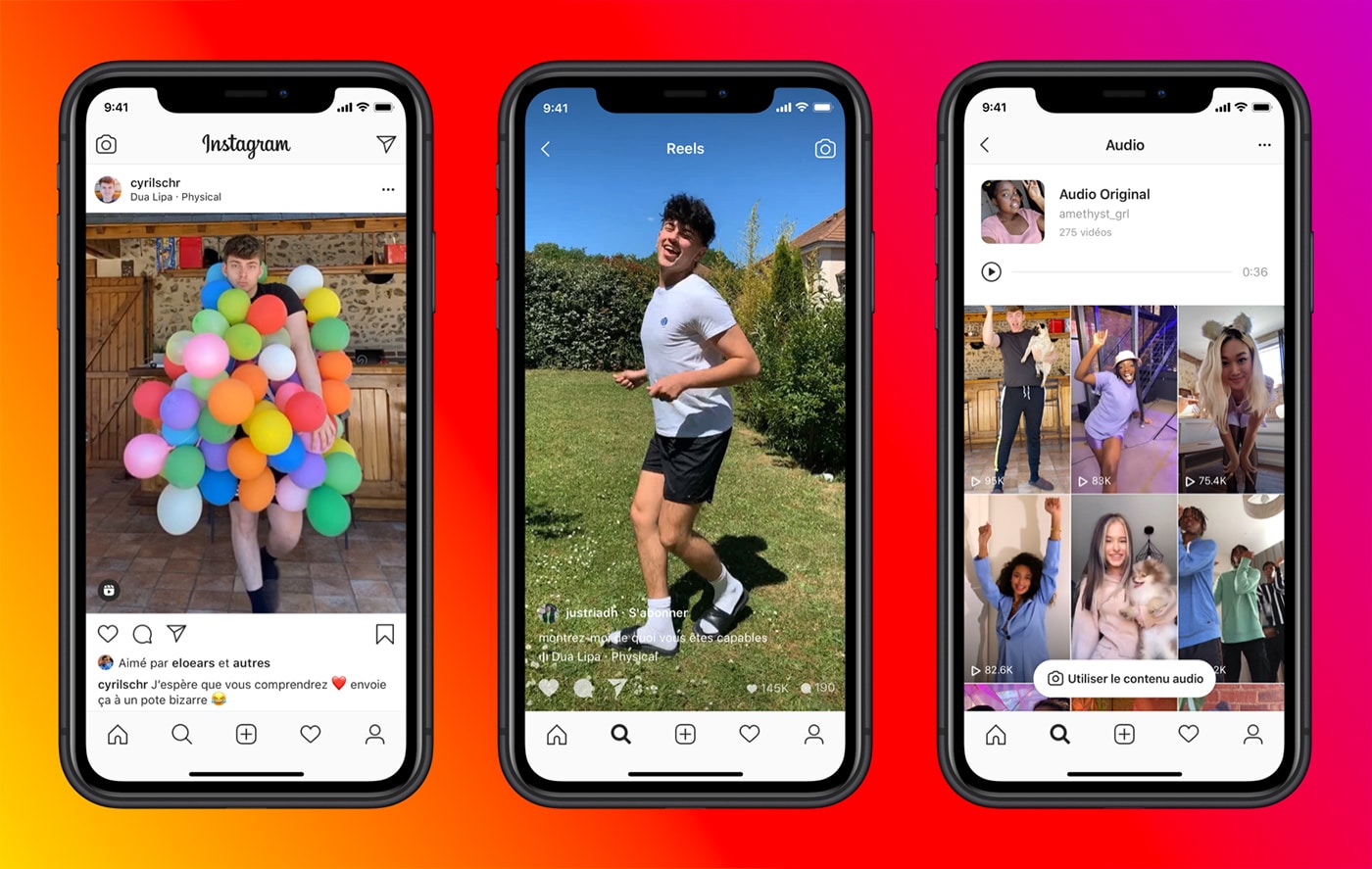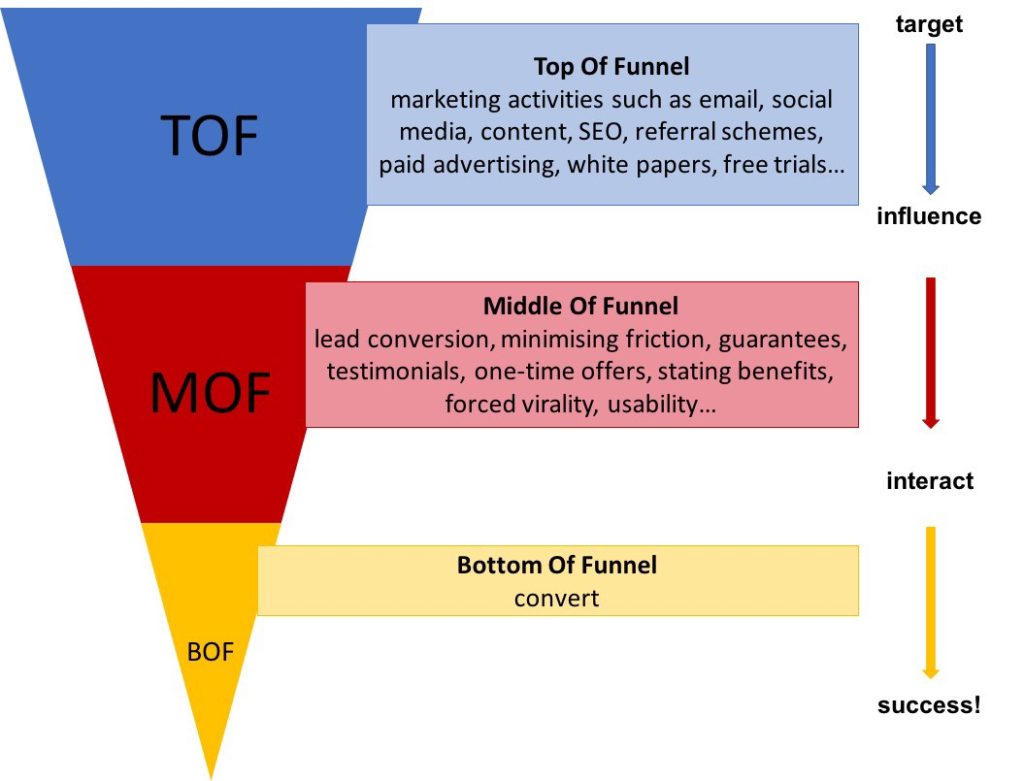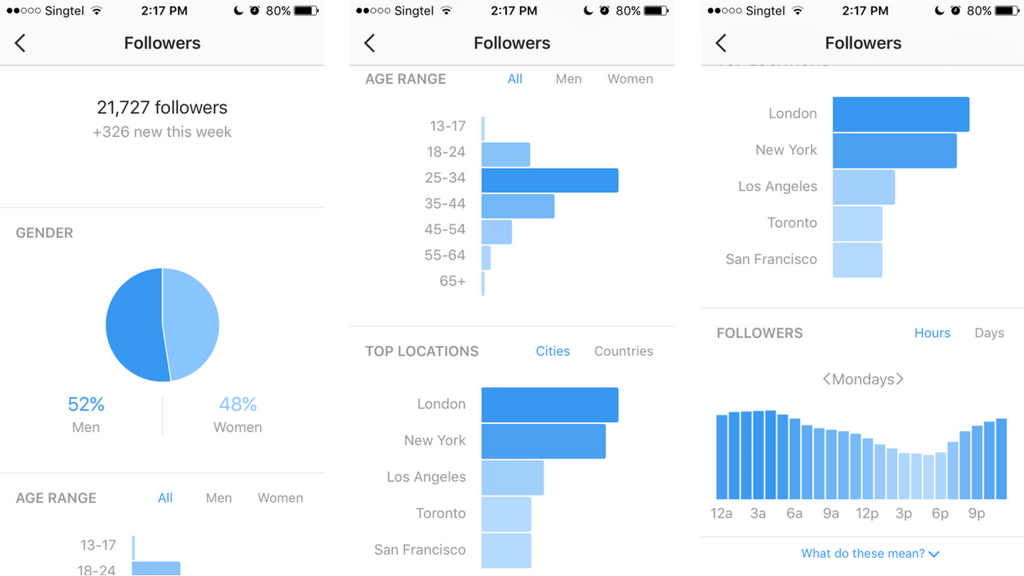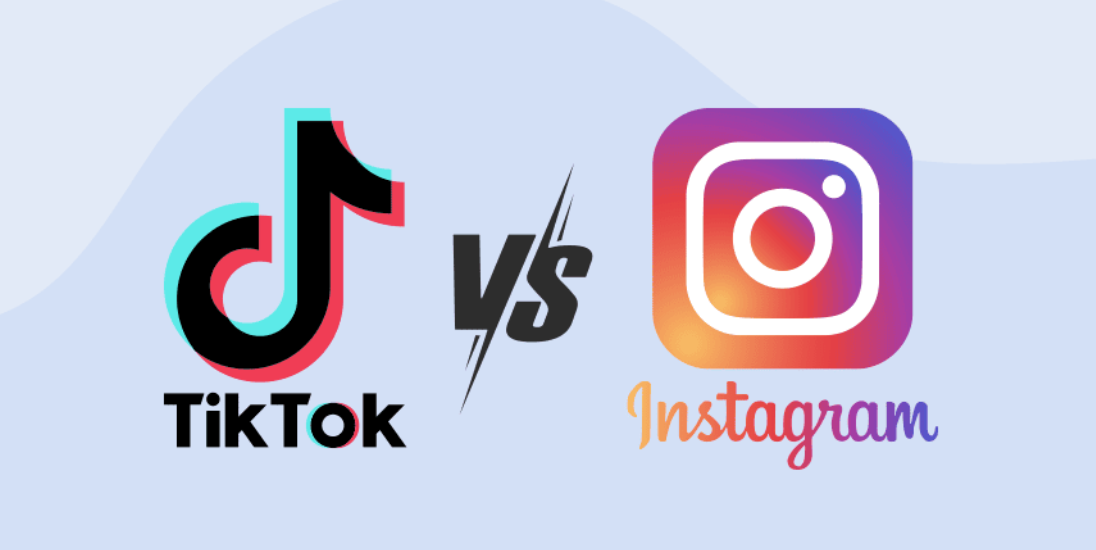If you’re an influencer marketing manager or brand owner trying to get the most out of Instagram, you’ve likely grappled with the question: should we invest more in Instagram Stories or Instagram Reels? With both formats thriving on the platform but serving very different purposes, understanding their strengths, differences and fit within your broader strategy is essential. In this article you’ll discover not just what the key differences are between instagram stories and instagram reels, but how to apply them in your campaigns. By the end you’ll have a practical roadmap to harness both Stories and Reels with purpose rather than simply chasing whichever seems “trending”.
Why the distinction between Instagram Stories & Reels matters for brands and influencers
For influencer marketing managers and brand owners, instagram stories vs instagram reels is not simply a matter of “fun features” - it’s an operational and strategic decision that affects budget allocation, creative workflows, audience segments and campaign outcomes. At its core, the distinction matters because each format serves a different role along the marketing funnel, and treating them as interchangeable risks under-utilising the strengths of both.
First, from an audience segmentation perspective: Stories are inherently anchored in your existing follower base. They sit at the top of the feed, are visible to people who already follow your account (or via story share), and expire after 24 hours (unless saved to Highlights). This means they excel in follower engagement, community nurturing and direct action. For example, using the “link sticker” or interactive polls, you can drive traffic, collect feedback, or trigger conversions among people who already know you. On the other hand, Reels are surfaced by Instagram’s discovery engine and are designed to reach non-followers, new audiences and boost brand awareness. Several sources confirm that Reels offer far greater reach for brands looking to grow beyond their current community.
Second, from a creative and resource standpoint: Reels often require more polished editing—trending audio, attention-grabbing first seconds, engaging visuals—while Stories lean into spontaneity, behind-the-scenes authenticity and real-time interaction. If a brand owner doesn’t plan accordingly (e.g., treats Stories like Reels in terms of production), they may end up either over-investing in the wrong format or missing the chance to capitalise on the faster, leaner Story execution pathway. The best practice is to assign each format a clear role: Reels for “casting a wider net”, Stories for “deepening engagement and activating current followers”.
A unique insight for you: treat Stories and Reels as two legs of a table, not twice the same leg. If you lean too heavily on Reels alone, you may gain followers but lack depth of relationship; conversely, if you lean only on Stories, you may engage existing followers strongly but struggle to grow new ones. For brands especially working with influencers, brief your talent with format-specific goals: e.g., use a Reel to “introduce the product to their audience + new viewers”, then follow up with Stories (via the influencer) for “exclusive behind-the-scenes + swipe up to purchase”. That two-step leverages both formats in harmony.
By recognising that the difference between Instagram Stories and Instagram Reels goes beyond superficial format, you enable smarter strategy, resource allocation and campaign impact.

Format by funnel stage: Where Stories and Reels fit in the customer journey
For brand owners and influencer marketing managers, aligning each content format with the marketing funnel (awareness → consideration → conversion → retention) is critical to maximise return on investment. Let’s map how instagram stories or reels serve different funnel stages and what that means in practice.
Top-of-funnel (Awareness) → Reels
At the beginning of the customer journey, you’re trying to reach people who don’t know your brand yet or haven’t engaged with you. Here, instagram reels discovery new audience marketing is key. Because Reels are surfaced beyond your existing followers via Explore and algorithmic recommendation, they are ideal for raising awareness. As noted by Influencer Marketing Hub: “Reels fuel discovery… while Stories drive conversion.”
Example: A beauty brand partners with an influencer to create a Reel showing a fun transformation using a new product. The video hooks within 3 seconds, uses trending audio, tags the brand, and reaches many non-followers who then follow or later engage.
Mid-funnel (Consideration) → Reels + Stories
Once awareness is achieved, the next stage is consideration: prospects are aware, evaluating options, engaging with your content. Here you can combine both formats: use a Reel to show “why your brand matter/what we do/unique value”, then follow up with Stories to nurture that audience: behind-the-scenes, product demo, Q&A via Story stickers, influencer “takeover” via Stories. This layered approach leverages the instagram reels and stories together strategy.For instance, after the initial Reel, the brand uses Stories to run a poll (“Which shade should we launch next?”) or uses link sticker to a microsite.
Bottom-of-funnel (Conversion/Retention) → Stories
When the objective is to get action—purchase, sign-up, link click, UGC submission—the instagram stories link sticker conversion is exceptionally useful. Stories allow you to deliver direct calls to action, use countdown stickers, swipe-ups (or link stickers), highlight limited-time offers, and build a sense of urgency due to the 24-hour lifespan. Case in point: a flash sale promoted via Story and saved to Highlights for later reference.Unique insight: for influencer campaigns, funnel mapping means you might brief the influencer to post a Reel on day 1 (for reach) and then Story sequence on days 2-3 when their followers are “warm” and ready to act—this sequencing improves conversion vs dumping everything at once.
Retention & community → Stories
Beyond conversion, you want to nurture your existing community and turn them into advocates. Stories are perfect for this: daily updates, sneak peeks, “ask me anything” sessions, UGC shares, reposting follower content. These deepen brand affinity, which indirectly supports long-term growth and retention.Ultimately, by aligning each format to its funnel stage, you avoid the common pitfall of “let’s just randomly post Reels and Stories” and instead build a coherent content architecture that supports your influencer marketing strategy or brand growth plan.

Metrics and KPIs: How to measure Reels vs Stories success
As a marketing manager or brand owner, one of the biggest mistakes is comparing apples to oranges when measuring performance across formats. instagram stories vs reels performance metrics differ significantly, and recognising that ensures you translate metrics into meaningful insights.
For Reels
Key metrics include:
- Reach beyond followers: how many non-followers saw it (since Reels are surfaced to Explore). e.g., StackInfluence found Reels often achieve view rates ~10.5% of an account’s audience vs Stories ~4.4%.
- Views, Full View Rate, Saves, Shares: a strong indicator is not just how many people started watching your Reel, but how many watched the full video, re-watched it, shared it or saved it. The “save” metric is particularly meaningful because it suggests the content resonated beyond passive viewing.
- Follower growth and discovery: new followers gained as a result of the Reel.
- Comments/Engagement Rate: though less important than reach, still meaningful to assess how the content resonated.
- Conversion for Reels (less direct): while Reels are rarely used for “click to buy” due to limitations on direct links, you can analyze how many people ended up visiting profile, clicking link in bio, etc.
For Stories
Key metrics include:
- Impressions and unique viewers (among followers).
- Taps forward/back (how many viewers tapped to skip or go back).
- Replies, sticker taps (polls, questions, link stickers).
- Link clicks (if you use link sticker) or “swipe up” type actions.
- Exit rate: how many drop off mid-sequence of Stories.
- Completion rate of Story sequences.
Influencer Marketing Hub puts it succinctly: “Stories should be judged by how many people they move closer to action. Reels should be judged by how far they travel outside your community.”
Attribution and campaign measurement
One unique challenge for brand owners working with influencers: attributing results across formats can be messy. For example, you might post a Reel via influencer and follow up with Stories by the same influencer or brand—if you look only at “engagement” you might mis-attribute conversion to the wrong format. Influencer Marketing Hub highlights this in the context of “social media attribution modelling”.
Unique insight: When you structure your campaign, build a simple attribution matrix that says:
- If goal = awareness → track Reels: new reach, new followers.
- If goal = activation → track Stories: link clicks, direct actions.
And separate the budget and creative brief per format accordingly.
By doing this you avoid blending metrics and you ensure each format is judged on its strength rather than forcing them into one generic “engagement rate”.

Strategic decision-making: When to use a Reel and when to use a Story
Understanding the core differences and matching formats to funnel and metrics sets the stage—now you need to make operational decisions about when to use a Reel vs a Story for your brand or influencer campaign. Here are some decision criteria.
Use a Reel when:
- Your goal is follower growth, brand awareness or entering a new market segment (“instagram reels for brand awareness”).
- You’re launching a new product or campaign and want broad exposure.
- You have resources to produce a creative, attention-grabbing video (editing, hook, trending audio).
- You intend evergreen content—one that remains on your profile and continues to attract views.
- You want “viral” or shareable potential.
Use a Story when:
- Your goal is immediate action among existing followers: drive traffic, promote offer, run Q&A, collect feedback (“instagram stories link sticker brand promotion”).
- You have limited creative resources and want to post quickly, with authenticity (behind-the-scenes, micro-moments).
- You want to nurture community and deepen follower engagement.
- You plan a sequence of interactive steps (polls, countdowns, swipe ups) and want to tease or remind.
Use both together when:
- You’re running an integrated campaign: for example, the influencer posts a Reel on day 1 to attract new views, and on day 2 uses Stories to engage and convert those newly reached + existing followers.
- You have layered goals: awareness + consideration + conversion. You start with a Reel (reach) then feed into Stories (action).
- You want to stretch your creative resources: you film one video and cut it into a Reel and several Story clips/snippets; repurpose across formats.
- You want to maximise ROI: Reels bring in new viewers, Stories activate them.
Resource & capacity check
If your creative team is small or your influencer is micro-level with minimal editing support, lean more on Stories for authenticity and volume, and schedule fewer but high-impact Reels. If you have bigger budget, treat Reels as anchor pieces and Stories as support. This decision tree helps prevent the trap of “doing both poorly” instead of “doing each with clear intent”.
By evaluating your audience goal, resource capacity, campaign objective, and timeline, you can decide whether a Reel, a Story or a combination is the right move. The next section will cover creative best practices for each format.

Common pitfalls and how to avoid them
Even experienced social teams and influencer marketers slip into certain traps when dealing with Stories vs Reels. Recognising them helps you steer clear.
Pitfall 1: Treating Reels and Stories interchangeably
Many brands post a Story and a Reel and expect the same result. But as explored earlier, the formats serve different purposes. Without clear intent you waste budget. Solution: define a purpose per format (awareness vs activation) and track metrics accordingly.
Pitfall 2: Under-estimating Story sequence fatigue
Because Stories are time-limited and viewed in series, if you post too many without fresh content or interactive elements, your exit rate goes up. Solution: keep Story sequences short (3–5 frames), use interactive stickers, mix up visuals, schedule at times when followers are most engaged.
Pitfall 3: Over-producing Reels at expense of authenticity
While high production helps, over-polished content can feel inauthentic, especially via influencers. The algorithm also values creative originality and engagement more than slickness. SocialPilot’s guide notes: “Originality is a key factor … prioritized over low-quality visuals or reposted from TikTok.”
Solution: balance production polish with creator authenticity—let influencer personality shine, even in a brand-safe way.
Pitfall 4: No clear measurement framework
If your team measures both formats under “engagement rate” without context, you may mis-interpret results and optimise wrongly. Solution: track format-specific KPIs (see previous section) and run attribution logic by format.
Pitfall 5: Ignoring resource capacity
If you commit to posting daily Reels but your creative team can’t keep up, you’ll end up with inconsistent or low-quality content. Solution: audit your creative capacity, plan accordingly, perhaps reduce frequency or simplify format for Stories.
By avoiding these pitfalls, your execution of the Reels + Stories content strategy will be much stronger, and you’ll optimise both resource use and performance.
In the battle of Instagram Stories vs Instagram Reels, there is no single “winner” — only strategic fit. For brand owners and influencer marketing managers, success comes when you recognise that these two formats serve different roles in your content architecture and treat them accordingly. Reels are your megaphone - powerful for capturing new audiences, driving awareness and growing your follower base. Stories are your backstage pass, ideal for deepening relationships, activating your warm audience and driving traffic or conversions.
By aligning each format with your funnel stage, setting format-appropriate KPIs, and planning your creative workflow with resource constraints in mind, you’ll transform Instagram from a scattershot channel into a disciplined, high-performance component of your marketing playbook. And by weaving in the emerging capabilities (Reel series, collaborative Stories), you position your brand at the vanguard of the platform’s evolution.
About Avalan
Automatic tracking of posts, Stories, Reels and TikToks saves you time and ensures you always know what’s live. Collaboration, content approval and performance dashboards are all handled in one place - no more spreadsheets or scattered workflows.
Whether you're a D2C brand scaling campaigns, a B2B marketer building trust, or an agency managing multiple clients, Avalan gives you smart tools to run smarter influencer programs, faster and with confidence..
.webp)







.svg)
